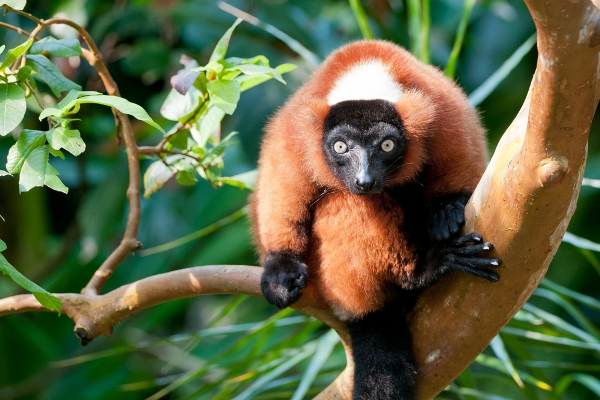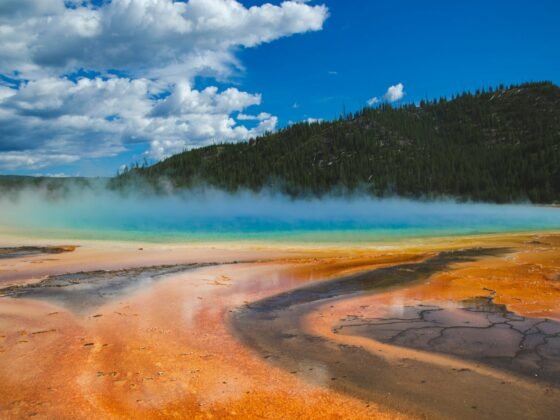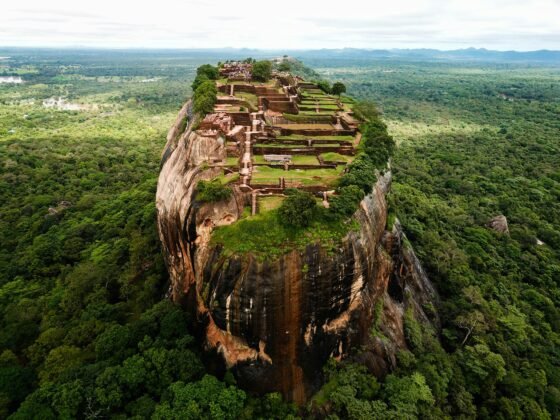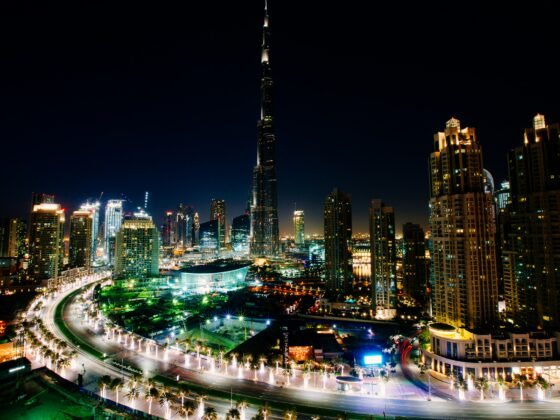A trip to the Chin State in Burma and climbing Mt. Victoria in Na Ma Taung National Park is a trip to be savoured by the adventurous.
A visit to the Chin State in Burma looks quite straight forward on paper. Its border is only 100 miles or so from Bagan, one of the most popular and visited sites on the main tourist trail. On the map there is a road leading up to the main settlements in the hills. True, finding information is tricky. The main guide books have little more than a few paragraphs on it and even an internet search brings in little more than a few itineraries from Burmese and French tour operators and a couple of blog articles from a few years ago. Even the accommodation details are sketchy and nothing on the roads.
First you need to get your visa for Myanmar, a relatively straightforward process from your local embassy. You then need to find a local operator who can do the arrangements for you. The first thing they need to do is apply for a permit to visit the area. For this they require photocopies of your passport. Self-drive is not an option and independent travellers who travel in are soon politely removed. You need a guide to accompany you in, as well as local guides when you are there.
We left Bagan early on a Sunday morning, travelling in a couple of well used and well loved jeeps, heading south. It was striking how quickly after leaving the town everything became rural, leaving behind all trappings of the outside world. Oxen carts with elaborately carved yokes trundled from the single strip of potholed tarmac at the sounding of our horn. Men lounged on small platforms dressed in the traditional longhi, a full length sarong, while women carried water back to the traditional huts built on long, teak stilts.
The traditional Burmese market at Chauk
We passed through low shale hills, dotted with small oil wells that were slowly but steadily pumping and which we were to learn more about later, occasionally glimpsing the Irrawaddy River away to our right. After an hour we came to the small town of Chaulk and stopped to explore its vibrant market.
Stall after stall some different vegetables, many of which we had never seen or tasted before.
Carcases of pigs and sheep were butcher in front of customers keen to buy the prime cuts that we in the west would ignore. A medicine stall was packed with sacks of plants and herbs, bottles of extracts and potions lining the shelves behind. We tried some of the strange looking fruits and stopped for a cup of milky, sweet chai from a small stall.
Driving by jeep to the Chin State in Burma
Returning to the jeeps we swung west and crossed the Irrawaddy on a long, iron framed bridge, large islands of silt emerging from its waters as the river level dropped after the end of the rainy season. As soon as we hit the far bank we turned off and the asphalt, which had been patchy before, slowly crumbled away until we were on a dirt track. It slowly climbed into low rolling hills, surrounded on each side by small fields and villages.
As the road got worse, the habitation fell away, and soon we were winding our way through temperate forest, tall teak trees pushing their way through thick ground vegetation and covered in creepers and vines. The road got narrower and windier, deep ruts cutting through the mud. The only other vehicle was an ancient lorry, piled high with a cargo that was topped by passengers hanging to anything they could find. A woman sat with her shopping on the bonnet, looking relaxed and disinterested as the vehicle swung backwards and forwards through the potholes.
We stopped for lunch in a small village perched around the road, joined by the passengers from the lorry and all enjoying the same set menu of boiled rice, vegetables and stir-fried pork. The local pan stall, a betel nut paste mixed with spices and wrapped in a leaf – was doing a brisk business. One of our driers socked up with a plastic bag full, carefully inserting one in his cheek to give him the appearance of a lop-sided chipmunk. For the rest of the afternoon, as we wound our way through the hills, a constant stream of red spit was projected out of the window by him as the betel nut kept him going.
Bridges had been washed away, making us ford small rivers and streams
The road was muddy, soft from the recent rains, and the jeeps needed their 4×4 to pull them through the worst sections. Many of the smaller bridges had been washed away, so we detoured down bumpy tracks to the river and stream beds to ford their waters. In other places trees had fallen, making us either drive beneath the trunks that still perched on the up slopes, or divert into the jungle to get around. In some of the larger clearings were logging centres, piles of trimmed and numbered teak logs awaiting collection by the trucks that had so badly scarred the road.
After several hours of being thrown around in the jeep we dropped into a large valley, a large river flowing down a wide, stony river bed. Wide paddy fields surrounded it, glowing a vibrant green in the afternoon sunshine, small watch huts standing on tall stilts in their midst. Tarmac appeared again and without warning we arrived in the small town of Saw. The long bridge was down – a lorry had crashed through it during the rains, so we detoured through the deep and fast current, feeling the jeep twitch on its axles. We stopped in town so our permits could be checked and registered, and wandered around the town centre almost devoid of traffic.
A monk invited us into the monastery, a glittering array of small golden spires housing a small statue of the Buddha ringed in blue and white neon lights. Next we visited the headquarters of the National League for Democracy, the Party of Aung San Suu Kyi, or “The Lady” as everybody refers to her. It was a modest house but we bought some branded mobile phone carriers and tee shirts to offer some support at this rural outpost of their campaign.
Mindat, a village high in the Chin State, Burma
Our destination for the night was Mindat, a large village high up in the hills, adjacent to the Nat Ma Taung National Park. We were now in the Chin State. It was a short drive of 15 miles or so, but we climbed constantly, the jeep engines screaming as we switched back on hairpin after hairpin. We entered the clouds that had been sitting on the higher peaks all day, driving through a cloud drizzle, with the temperature falling. Slowly the light grew again and we emerged above the cloud just as e entered the village. Strung out on a long, wide ridge, the world dropped away on both sides into a world hidden by cloud.
We drove for 10 minutes past churches, schools, houses and small shops, before stopping at the Park headquarters to register. Our lodge, the Mountain Oasis Eco resort Lodge was set above the village, its bungalows looking up into the forests of the mountains and National Park. It had been a long day, at different times being covered in dust and mud. We showered in scolding hot water, heated for each shower by wooden boilers outside. Meals were taken in a small restaurant/bar, excellent local dishes beautifully cooked. Food tastes so much better when you are truly hungry.
The Nat Ma Taung National Park straddles the high mountains of the Chin state, an area of wilderness what encompasses mist forest as well as Rhododendron Forest. Local bison, deer and reputedly leopards live in it, as well as a myriad of birdlife. It is perhaps most famous for its range of orchids that can be seen. Its highest point, and the second highest peak in Burma, is Mt. Victoria (or Nat Ma Taung in the local language, hence the name of the Park) at 10,500 feet.
Hiking to the summit of Mt. Victoria or Nat Ma Taung
The trek to the summit is a gentle hike of approximately 3 hours from the trail head. The path is excellent, as for most of the way it follows the local trade route over the hills and is therefore well graded for the carrying of loads. It winds its way through the forests, climbing to the top of the main ridge before contouring its way northwards to the summit. The rhododendrons are out in late November and December, making the walk spectacular. The forest trees (these are definitely trees and not the rhododendron bushes we are used to seeing at home) are covered in deep red flowers, occasional cascades of white blooms falling from some of them where a parasitical plant has embedded itself. On the forest floor, tumbling down the steep sides of the ridge, are smaller rhododendron plants with large yellow flowers.
Around the path, where more light can get in, is a riot of colour from small flowers and orchids, as well as lichens, mushrooms and other funghi thriving in the wet, misty conditions. A golden pagoda marks the top (or at least being 50 metres from the summit) and wonderful views, through breaks in the mist, back down to the Irrawaddy to the east and the coastal plains in the west. It makes a crowning moment for a visit to this remote and wild National Park.












